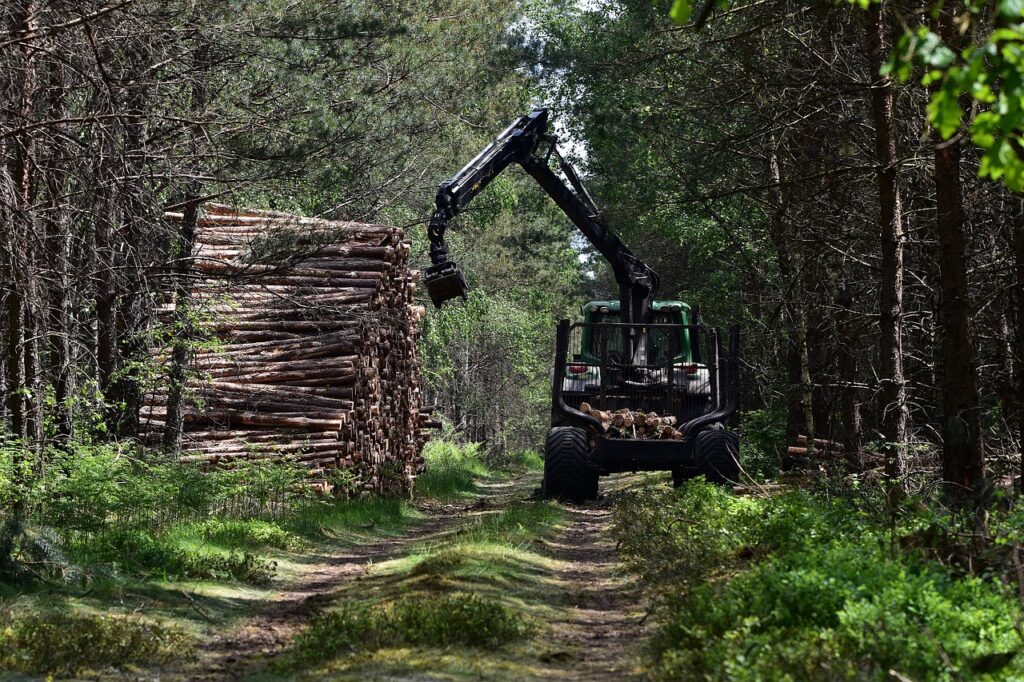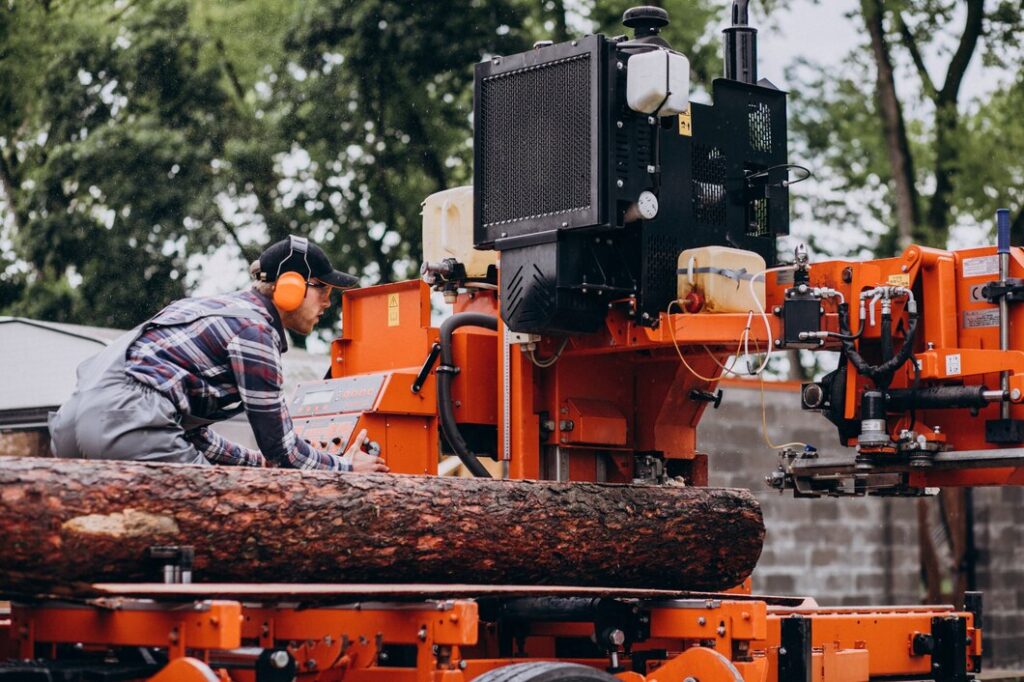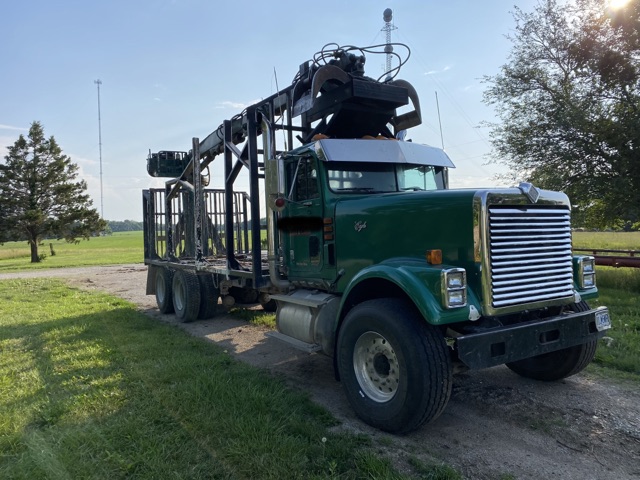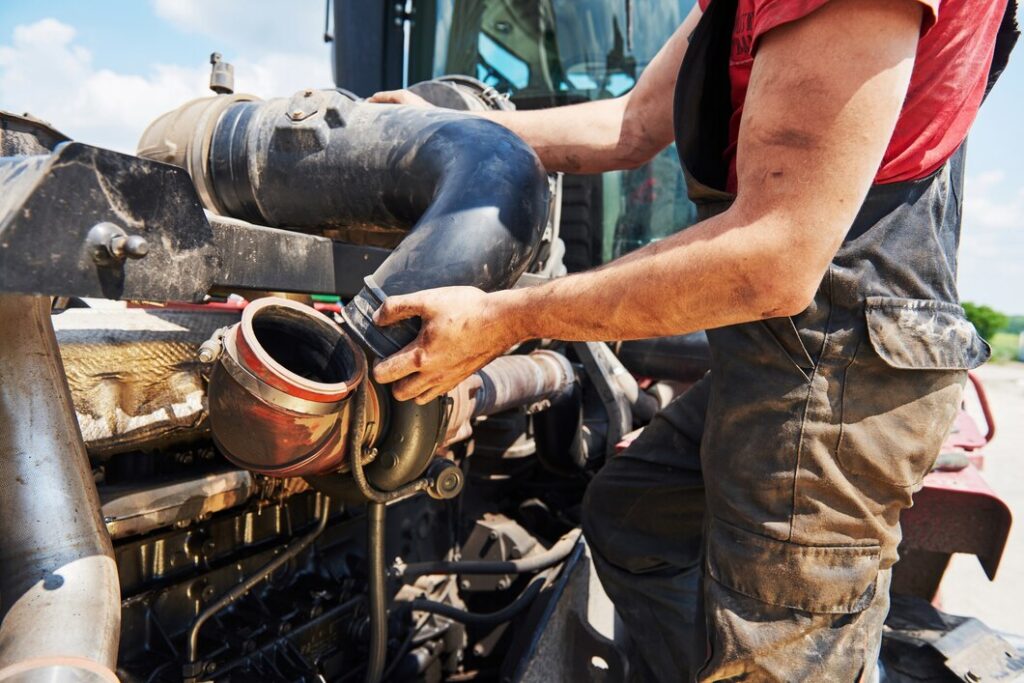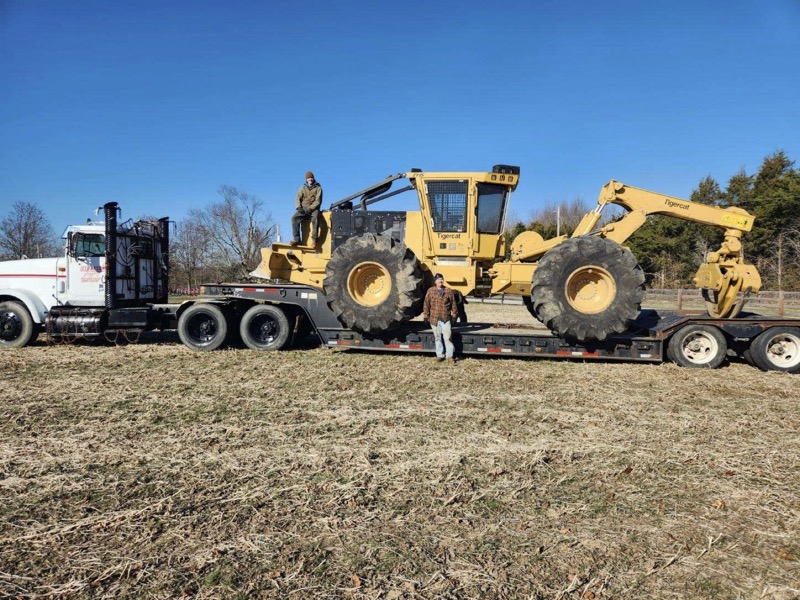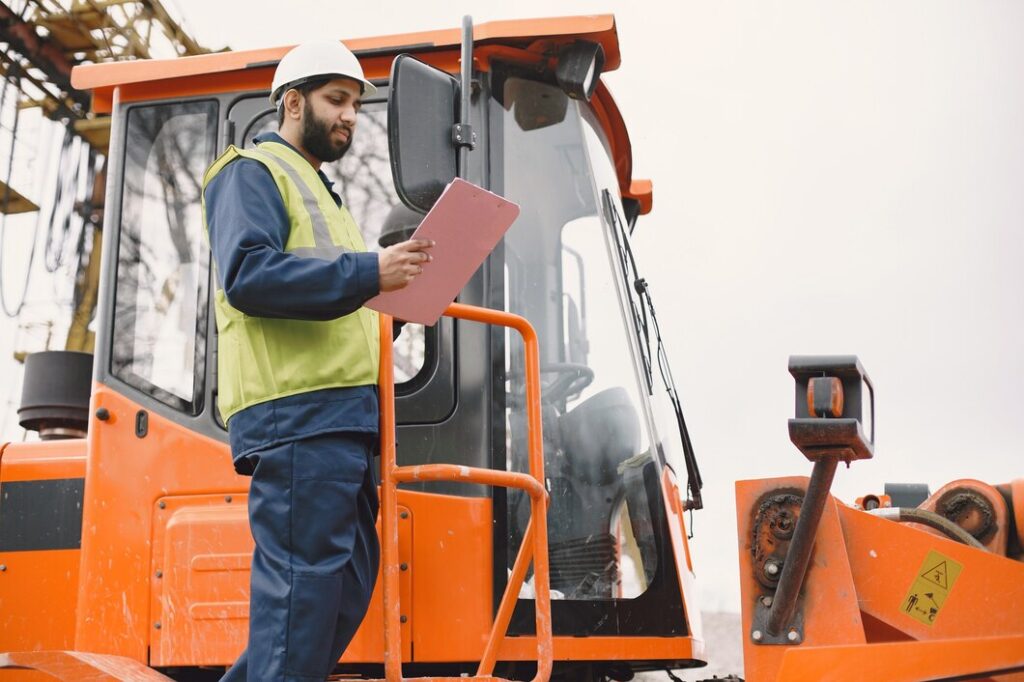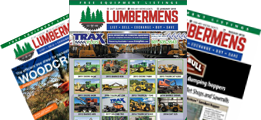As the forestry industry continues to expand, there is a growing demand for used forestry equipment. These machines offer a cost-effective solution for businesses looking to expand their fleet or replace outdated equipment. However, maintaining used forestry equipment is essential to ensure optimal performance, longevity, and safety. In this blog, we will explore comprehensive maintenance […]
What is The Best Forestry Equipment?
Venturing into the heart of the forest requires more than just a spirit of adventure; it demands the right set of tools. Forestry equipment stands as the unsung hero in the sustainable management of our woodlands, ensuring that the delicate balance between harvesting resources and preserving nature is maintained. It is a fact that the right forestry equipment can make a huge difference, and it won’t be wrong to emphasize that whether you’re a seasoned professional or a newcomer in the field, the choice of equipment can make or break your operations. This is because the right machinery ensures precision, efficiency, and safety, allowing for sustainable forestry practices that benefit both the environment and your bottom line.
In this article, we will provide an overview of the best forestry equipment, factors to consider when choosing forestry equipment, top brands and manufacturers, maintenance and safety tips, and future trends in forestry equipment.
Best Forestry Equipment
When it comes to forestry equipment, there are various types of equipment required to manage forests effectively and efficiently. Let’s take a closer look at the different types of forestry equipment and their specific uses.
Harvesting Equipment
Harvesting equipment is the backbone of any forestry operation. Let’s explore some essential tools that come in handy in harvesting operations:
- Chainsaws
- Feller Bunchers
- Harvesters
1. Chainsaws
Chainsaws are the workhorses of the forestry industry, used for felling trees and bucking. Modern chainsaws come with advanced features like automatic oiling systems and ergonomic designs, enhancing efficiency and operator comfort.
2. Feller Bunchers
These powerful machines excel at cutting and gathering trees during harvesting. Feller bunchers significantly speed up the process, improving productivity in large-scale operations.
3. Harvesters
Harvesters are multifunctional machines that can fall, de-limb, and cut trees into logs. They integrate advanced technology for precise cutting, reducing waste, and maximizing the utilization of harvested timber.
Processing Equipment
Processing equipment comes into play after harvesting, and preparing the timber for various applications. Some of the processing equipment includes:
- Chippers
- Grinders
- SawMills
- Delimbers
1. Chippers
Chippers convert tree limbs and branches into wood chips, which can be used for landscaping, fuel, or other purposes. Investing in a high-quality chipper enhances resource utilization and reduces waste.
2. Grinders
Grinders are essential for processing large volumes of wood waste into valuable mulch or biomass. They contribute to sustainable practices by repurposing materials that would otherwise be discarded.
3. SawMills
Sawmills are essential for processing raw logs into lumber. With modern precision cutting mechanisms, they maximize timber utilization and produce high-quality wood products. Sawmills play a crucial role in creating a variety of lumber sizes to meet diverse market demands.
4. Delimbers
Delimbers remove branches from tree trunks, streamlining the process of preparing logs for the market. Modern delimbers are designed for efficiency and precision, optimizing the value of harvested timber.
Hauling Equipment
Hauling equipment is vital for transporting logs from the harvesting site to processing facilities or markets. To ensure safe transportation, the following equipment is used:
- Skidders
- Dozers
- Forwarders
- Log Trucks
- Log Loaders
Skidders
Skidders are specialized tractors designed to drag logs from the forest to a landing area. Different types of skidders are available to suit various terrains and operational requirements.
Dozers
Dozers are used for clearing paths and creating access roads in rugged terrains. Their versatility makes them indispensable for forestry operations in challenging environments.
Forwarders
Forwarders are purpose-built machines for transporting logs from the cutting site to a central location. Their design minimizes ground impact, preserving the forest floor during transportation.
Log Trucks
Log trucks are heavy-duty vehicles equipped to transport large volumes of logs over long distances. They play a crucial role in connecting remote forestry sites to processing facilities.
Log Loaders
Log loaders are specialized machines for efficiently loading logs onto trucks. Their design prioritizes speed and precision, ensuring a seamless transition from the forest to the transportation phase.
Factors to Consider When Choosing Forestry Equipment
Selecting the right forestry equipment requires a thoughtful approach. Consider the following factors to make informed decisions:
- Size and Scale of Operations
- Terrain and Environmental Considerations
- Budgetary Constraints
- Maintenance and Serviceability
1. Size and Scale of Operations
The size and scale of the operations will determine the type of forestry equipment required. Large-scale operations will require heavy-duty equipment, whereas small-scale operations will require lighter equipment.
2. Terrain and Environmental Considerations
The terrain and environmental conditions of the site will determine the type of forestry equipment required. Steep slopes will require equipment with a low center of gravity, whereas soft soil will require equipment with wide tracks.
3. Budgetary Constraints
The budget will determine the type of forestry equipment that can be purchased. Used equipment can be more cost-effective than new equipment.
4. Maintenance and Serviceability
The maintenance and serviceability of equipment are crucial in ensuring that the equipment operates at peak performance. Equipment that is easy to maintain and repair will reduce downtime and increase productivity.
Top Brands and Manufacturers
When it comes to forestry equipment, several reputable brands have earned the trust of industry professionals. Here are some top players:
- Caterpillar
- John Deere
- Komatsu
- Tigercat
- TimberJack
1. Caterpillar
Caterpillar is synonymous with heavy machinery. Their forestry equipment, including skidders and harvesters, is known for durability and efficiency.
2. John Deere
John Deere has a long-standing reputation in the agricultural and forestry sectors. Their logging equipment is celebrated for innovation and reliability.
3. Komatsu
Komatsu’s forestry machinery, such as forwarders and dozers, is recognized for advanced technology and fuel efficiency.
4. Tigercat
Tigercat specializes in purpose-built forestry equipment, offering a range of machines tailored to the unique demands of the industry.
5. TimberJack
TimberJack, now part of John Deere, has a legacy of producing high-quality forestry equipment, including skidders and feller bunchers.
Maintenance and Safety Tips
Ensuring the safety of operators and the longevity of your equipment is paramount. Here are some crucial maintenance and safety tips:
- Regular Inspections
- Operator Training and Safety Protocols
- Preventive Maintenance Practices
1. Regular Inspections
Implement a routine inspection schedule to identify and address potential issues before they escalate. Check for wear and tear, fluid levels, and any signs of damage.
2. Operator Training and Safety Protocols
Invest in comprehensive training programs for equipment operators. Emphasize the importance of adhering to safety protocols, including the use of personal protective equipment.
3. Preventive Maintenance Practices
Proactive maintenance is key to preventing breakdowns and extending the lifespan of your equipment. Follow manufacturer guidelines for routine maintenance tasks, including lubrication, filter changes, and component inspections.
Future Trends in Forestry Equipment
As technology continues to evolve, so does forestry equipment. Here are some future trends shaping the industry:
- Technological Advancements
- Sustainability and Environmental Considerations
1. Technological Advancements
Intelligent automation, remote monitoring, and data analytics are becoming integral parts of forestry equipment. These technologies enhance efficiency, reduce downtime, and provide valuable insights for better decision-making.
2. Sustainability and Environmental Considerations
With a growing emphasis on sustainable practices, future forestry equipment is likely to incorporate eco-friendly features. From fuel efficiency improvements to reduced environmental impact, manufacturers are increasingly prioritizing sustainability.
Conclusion
In conclusion, choosing the right forestry equipment is crucial in ensuring the productivity, safety, and cost-effectiveness of forestry operations. Factors to consider when choosing forestry equipment include the size and scale of operations, terrain, and environmental considerations, budgetary constraints, and maintenance and serviceability. Top brands and manufacturers of forestry equipment include Caterpillar, John Deere, Komatsu, Tigercat, and TimberJack. Maintenance and safety tips include regular inspections, operator training, safety protocols, and preventive maintenance practices. Future trends in forestry equipment include technological advancements and sustainability and environmental considerations. We hope this article has provided valuable insights into the world of forestry equipment.
